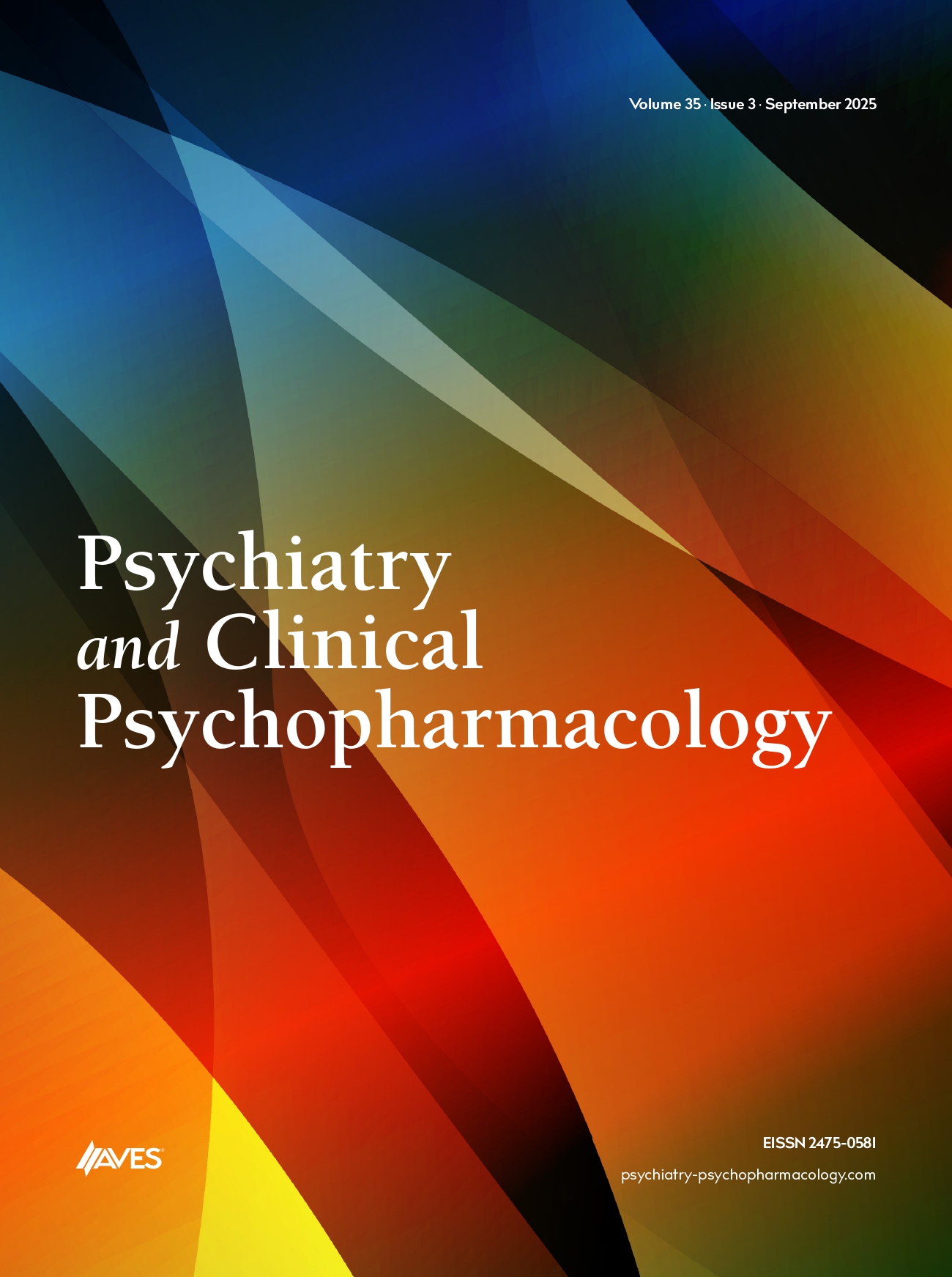Introduction: The somatic type of delusional disorder is also recognized as monosymptomatic hypochondriacal psychosis. According to the DSM-IV, the disorder is characterized by the presence of a somatic delusion in which the person has a false belief of having some physical defect or a general medical condition (1). The most substantial characteristic of the aforementioned disorder is the demand of the patient attributing the symptoms to a serious physical illness, and seeking medical advice continuously in an effort to find transient relief by being informed of the absence of a disease (2).
Case Presentation: A 26- year old, female patient was admitted to an outpatient psychiatric clinic with complaints of having a possible ocular disease, which may cause blindness. Her symptoms included her irises deviating involuntarily, her eyes moving incoherently, and having a feeling in her eyes as if they are being drawn away. A previous psychiatric admission of the patient was reported to be 3 years ago with the complaints of dysmorphism and tremor in her hands and having a serious disorder relevant to her hands for which she was seen by several specialists although she wasn't convinced by their answers. Although, thereafter she was hospitalized and was treated with several mood stabilizers and antipsychotic medications for the following three years in outpatient clinics, a full remission could not be achieved. She was hospitalized again. Her physical and neurological examination didn't reveal any biological anomalies. It was noticed that she was touching her eyes constantly and her speech was focused on her bodily sensations so that she couldn't maintain her attention on any other topic. In the contents of her thoughts, she had somatic delusions as defined above. She was treated with pimozide, started with 2mg and increased up to a dose of 6 mg/day gradually. Her condition was observed to improve with a decrease in intensity of her symptoms, increased interest, improved self-care, decrease in the amount of her speech and becoming more functional.
Discussion: Because there was no increase in psychomotor activity and the content of speech was solely about the sensations in her eyes, we did not diagnose her with an affective disorder. We arrived at the diagnosis of monosymptomatic hypochondriacal psychosis after evaluating the cues such as the worry about having an eye disease, not being persuaded with the medical examinations and diagnosis, lack of any other psychotic symptoms, delusions being only about bodily sensations, several admissions to non-psychiatric physicians, and her resistance to treatment with multiple drugs. In the literature there are cases reporting surgery, which was not required, such as an operation to treat a patient stating that he had a lumbar nerve root compression (3). In the present case the patient presented to internal medicine and ophthalmology clinics at the beginning insisting that she needed an eye operation. In a study on 23 patients it has been reported that these cases have responded well to pimozide (4). Bulletin of Clinical Psychopharmacology 2011;21(Suppl. 2):S198-9


.png)
.png)